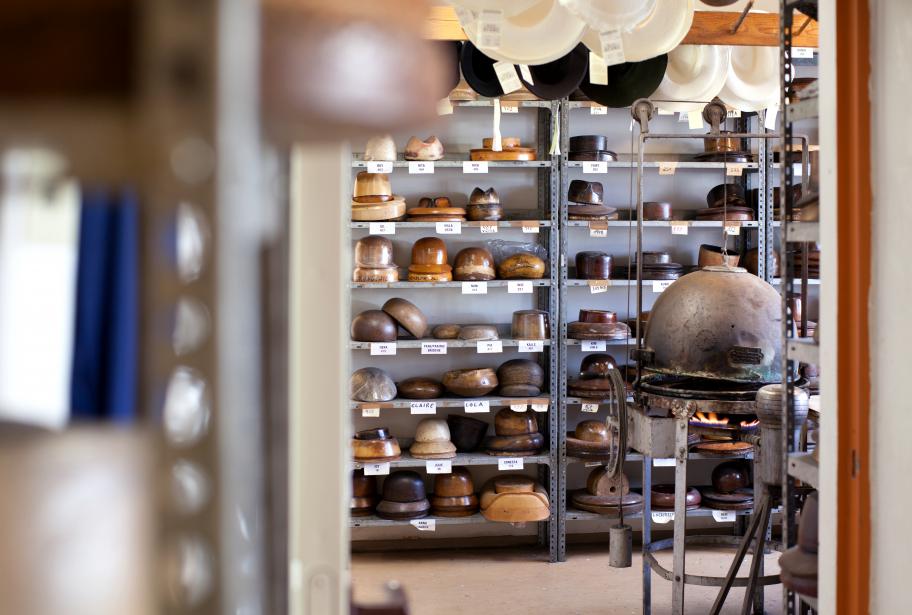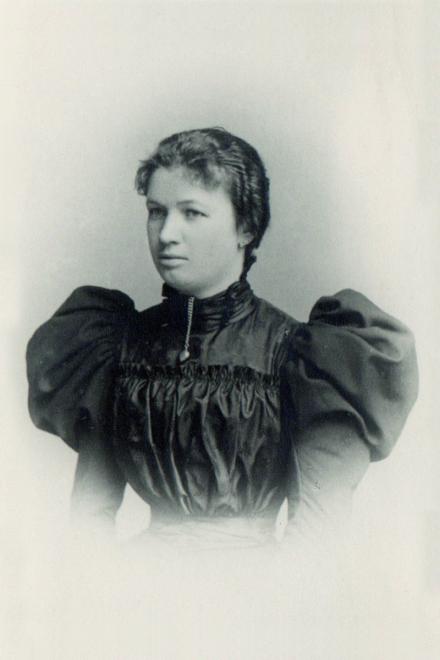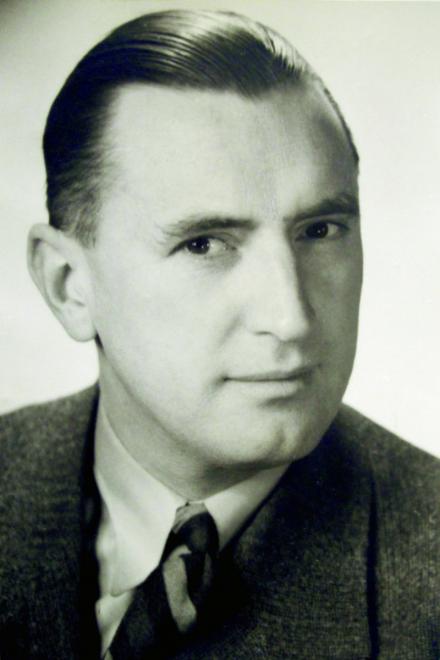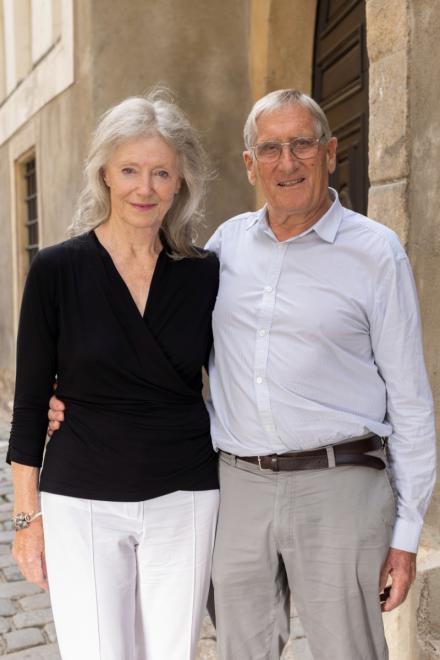
FOUR GENERATIONS OF MÜHLBAUER – THE HISTORY
Julianna Mühlbauer laid the foundation stone for the family business. An unusual feat for a woman born in 1875 without an upper class background or connections to the nobility. In 1903, in her mid-20s, the trained milliner, who was married to hat maker Robert Mühlbauer, opened a small hat manufactory with shop attached in the Viennese suburb of Floridsdorf.
Iron discipline, willpower and creative talent must have helped Julianna on her way. When her husband was killed in action at the beginning of the First World War, she not only needed to steer a business through challenging times, but also had three sons to look after. Robert, Franz and Ludwig were introduced to the hat business by their mother. Julianna worked in her business until the 1940s.

Julianna Mühlbauer laid the foundation stone for the family business. An unusual feat for a woman born in 1875 without an upper class background or connections to the nobility. In 1903, in her mid-20s, the trained milliner, who was married to hat maker Robert Mühlbauer, opened a small hat manufactory with shop attached in the Viennese suburb of Floridsdorf.
Iron discipline, willpower and creative talent must have helped Julianna on her way. When her husband was killed in action at the beginning of the First World War, she not only needed to steer a business through challenging times, but also had three sons to look after. Robert, Franz and Ludwig were introduced to the hat business by their mother. Julianna worked in her business until the 1940s.

In the mid-1920s, Robert Mühlbauer joined his mother's hat enterprise. He expanded Mühlbauer into a business with more than ten hat shops in Vienna and made the name a trademark for headwear of the highest quality. He had to steer the business through the challenges of the Second World War. After this testing period business boomed. Robert was a busy man. In the mornings he supervised the workshop in his white coat, in the afternoons he made flying visits to his shops. The time in between the two was spent in the coffee house where he studied international fashion magazines for inspiration. Robert experienced the business in its prime.
In the mid-1920s, Robert Mühlbauer joined his mother's hat enterprise. He expanded Mühlbauer into a business with more than ten hat shops in Vienna and made the name a trademark for headwear of the highest quality. He had to steer the business through the challenges of the Second World War. After this testing period business boomed. Robert was a busy man. In the mornings he supervised the workshop in his white coat, in the afternoons he made flying visits to his shops. The time in between the two was spent in the coffee house where he studied international fashion magazines for inspiration. Robert experienced the business in its prime.
When Heinz Mühlbauer joined his father's company in 1955 at the age of eighteen, hats were still omnipresent. In addition to his apprenticeship as a hat maker, Heinz studied economics. By the early 1960s, he was already giving Mühlbauer a clear profile and appearance: from the logo to the advertising to the architecture of the Viennese shops. But above all, Heinz Mühlbauer was an excellent milliner. However he also faced a serious test of his skill: from 1970 onwards the number of hat wearers rapidly decreased. His wife Brigitte came to his aid in 1978. The two of them gradually converted the hat shops in Vienna into clothing stores. Nevertheless, hats from their own workshop remained the most important accessory. Towards the end of the 1980s they began developing collections of traditional hats, sold mainly to specialist retailers at home and abroad.

When Heinz Mühlbauer joined his father's company in 1955 at the age of eighteen, hats were still omnipresent. In addition to his apprenticeship as a hat maker, Heinz studied economics. By the early 1960s, he was already giving Mühlbauer a clear profile and appearance: from the logo to the advertising to the architecture of the Viennese shops. But above all, Heinz Mühlbauer was an excellent milliner. However he also faced a serious test of his skill: from 1970 onwards the number of hat wearers rapidly decreased. His wife Brigitte came to his aid in 1978. The two of them gradually converted the hat shops in Vienna into clothing stores. Nevertheless, hats from their own workshop remained the most important accessory. Towards the end of the 1980s they began developing collections of traditional hats, sold mainly to specialist retailers at home and abroad.

100 years after its foundation, the company is now in its fourth generation with Klaus Mühlbauer, Heinz and Brigitte's son. Klaus learned the trade of hat maker and milliner in the classic manner – as an apprentice in the family business and studied business administration. After years of apprenticeship in the textile industry, he returned to the family business in 2001, transforming the traditional Viennese establishment into an international hat brand. He concentrated on the company's origins - headwear - and gave the collections and brand a new, fresh appearance. For the first time in the company's history, Klaus also developed headwear for men. He was supported by his sister Marlies in the beginning, later by in-house fashion designers. The new styles were implemented by the most skilled hat makers and milliners the Viennese workshop employed. This path of renewal also led to success abroad. Today, Mühlbauer hats can be found in the most beautiful stores all over the world. And of course online.
KLAUS MÜHLBAUER
100 years after its foundation, the company is now in its fourth generation with Klaus Mühlbauer, Heinz and Brigitte's son. Klaus learned the trade of hat maker and milliner in the classic manner – as an apprentice in the family business and studied business administration. After years of apprenticeship in the textile industry, he returned to the family business in 2001, transforming the traditional Viennese establishment into an international hat brand. He concentrated on the company's origins - headwear - and gave the collections and brand a new, fresh appearance. For the first time in the company's history, Klaus also developed headwear for men. He was supported by his sister Marlies in the beginning, later by in-house fashion designers. The new styles were implemented by the most skilled hat makers and milliners the Viennese workshop employed. This path of renewal also led to success abroad. Today, Mühlbauer hats can be found in the most beautiful stores all over the world. And of course online.